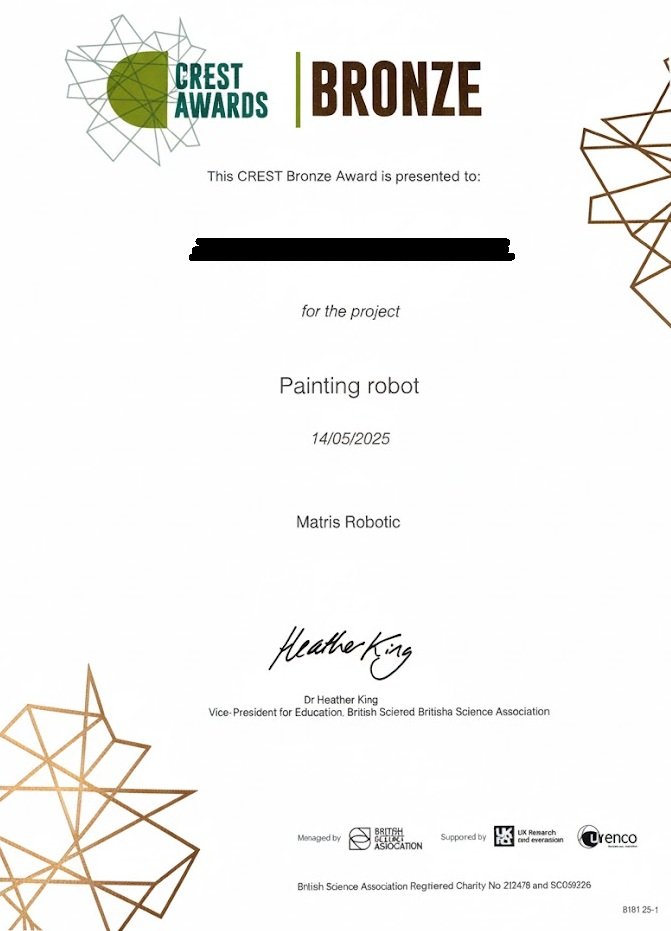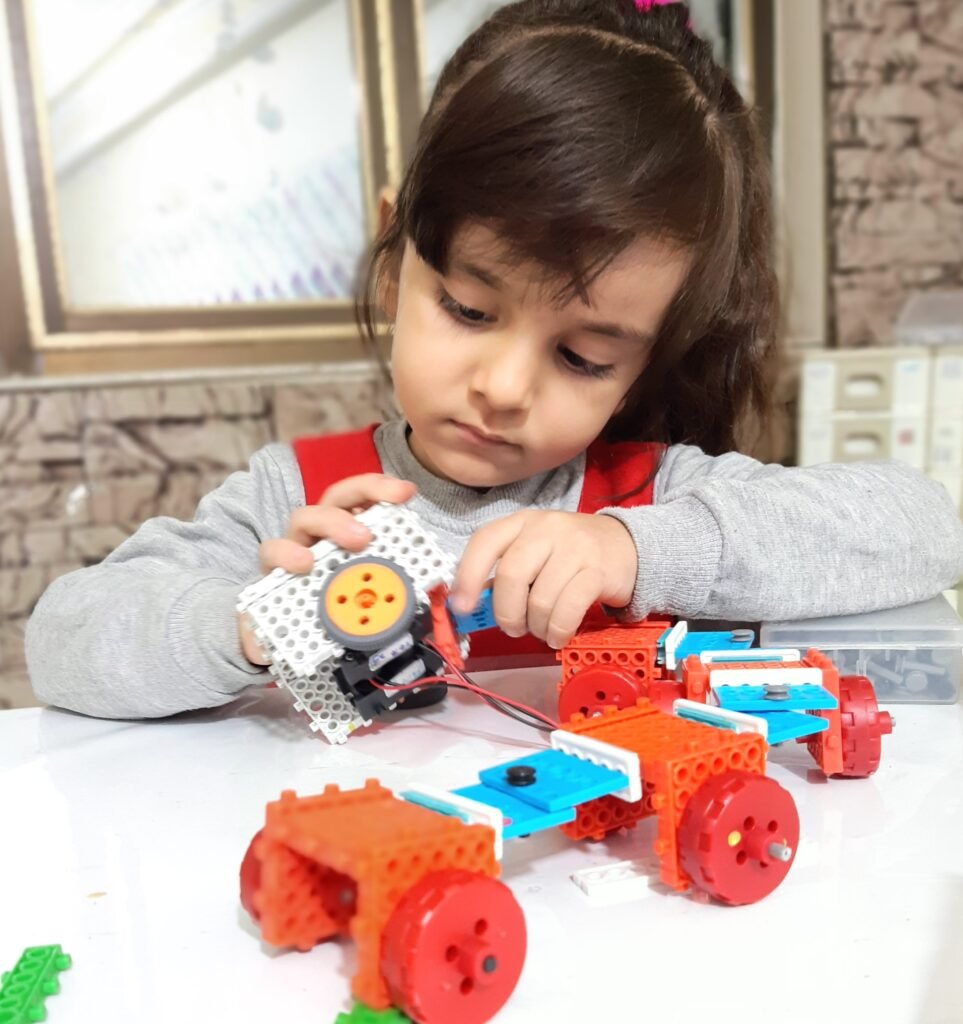End of term Certificate: CREST Award Program at Matris Robotic
CREST Award celebrates creativity, problem-solving, and innovation in STEM projects. Once projects are completed, Matris Robotic submits them to the British Science Association for evaluation and competition. Successful participants earn the prestigious CREST Certificate, a globally respected recognition of their achievement.
Why CREST Certificate?
-
Students gain international recognition for their skills
-
They build strong portfolios for future academic and career opportunities
-
They become part of a global community of young innovators

Class Size
Our classes are small sized (Max 5 students). Across all 24 levels, students progress from hands-on building to robotics programming. In the early levels, they focus on physical design and movement; in advanced levels, they combine robot construction with coding skills.
At the final session of each semester, students integrate their knowledge through team projects. This is the time to integrate their knowledge, collaborate effectively, showcase their skills, and learn how to work as a team member.
Three Levels of Robotics Lessons for Children
Basic
(ages 4_6 years)
Students make their toys, learn how to use some instruments according to the instruction, and make robot step by step. This curriculum aims to improve concentration, creativity, confidence, and imagination. It consists of 4 levels.
Function
(ages 6-12 years)
Students learn the function of each part of robot-like gears, motors, and sensors and how to use them to make different robots and learn mechanisms, and technical drawing. It improves concentration, creativity, spatial visualization, teamwork, and problem-solving skill. It consists of 12 levels.
Robot Programming
(ages 10-14 years)
Programming (ages 10-14 years):
Students build their own biologically inspired robots and learn how to write code for those robots to do special tasks and use Tinker cad software to create virtual simulator. They use sensors such as light, sound, and color detection, and motors like DC, servo, and stepper. The purpose is to improve creativity, problem-solving, teamwork, critical thinking, and project management. It consists of 8 levels.

Join Robotics Classes
We have our Special Educational Kit which is designed for children who want to go beyond play and start learning real-life science and engineering skills.
We begin with a short assessment. Based on it, we start with most suitable learning level. The kit can be used with our online or in-person robotics classes. For online robotic classes please contact us.
Robotics
£145per month
- Duration: 4 weeks
- Weekly Hours: 1.5 hour
- Timings: After School/Weekends


